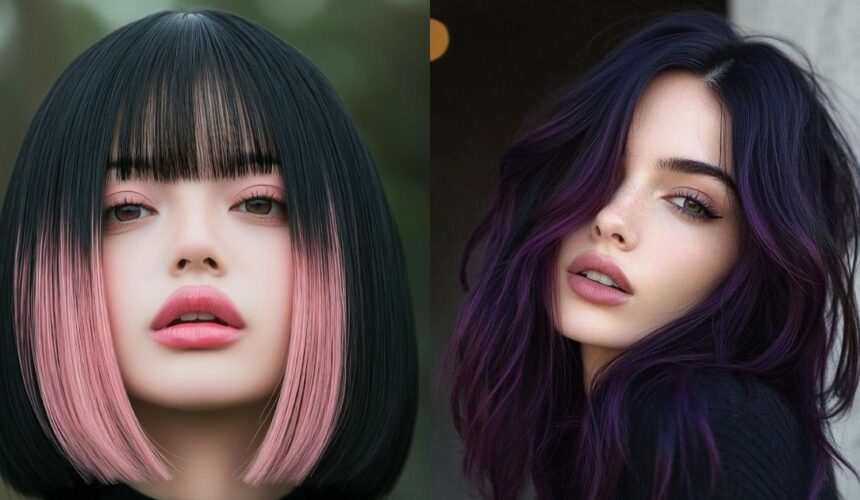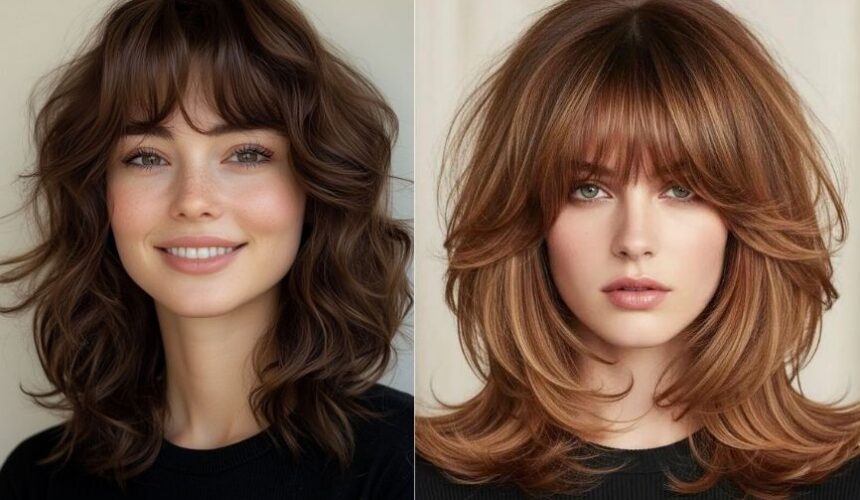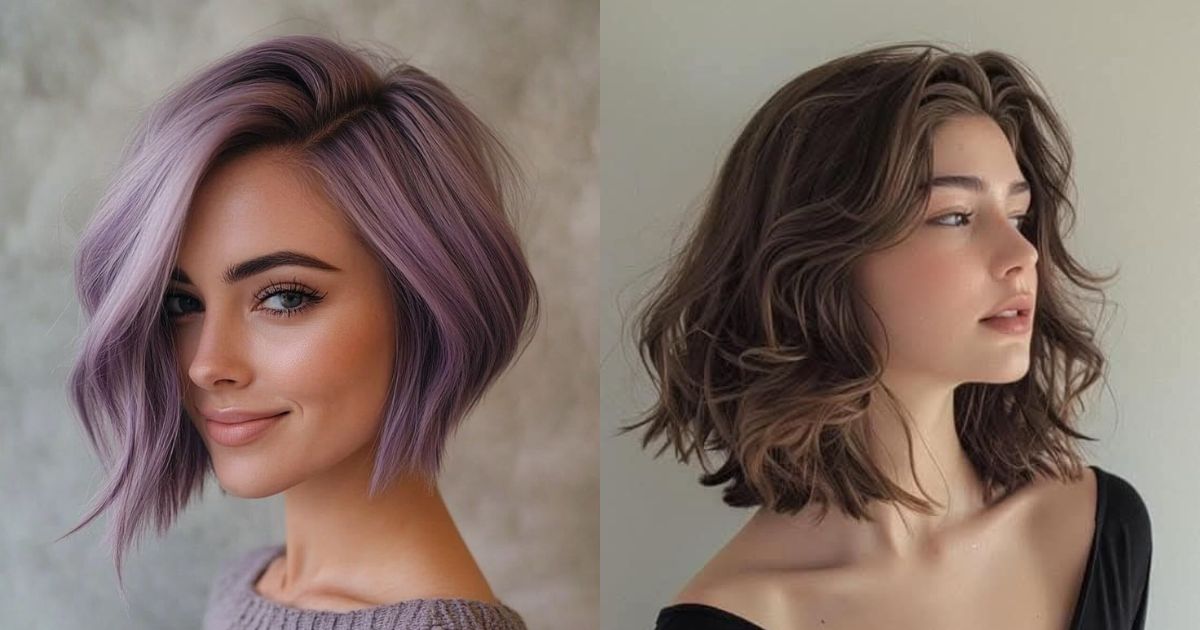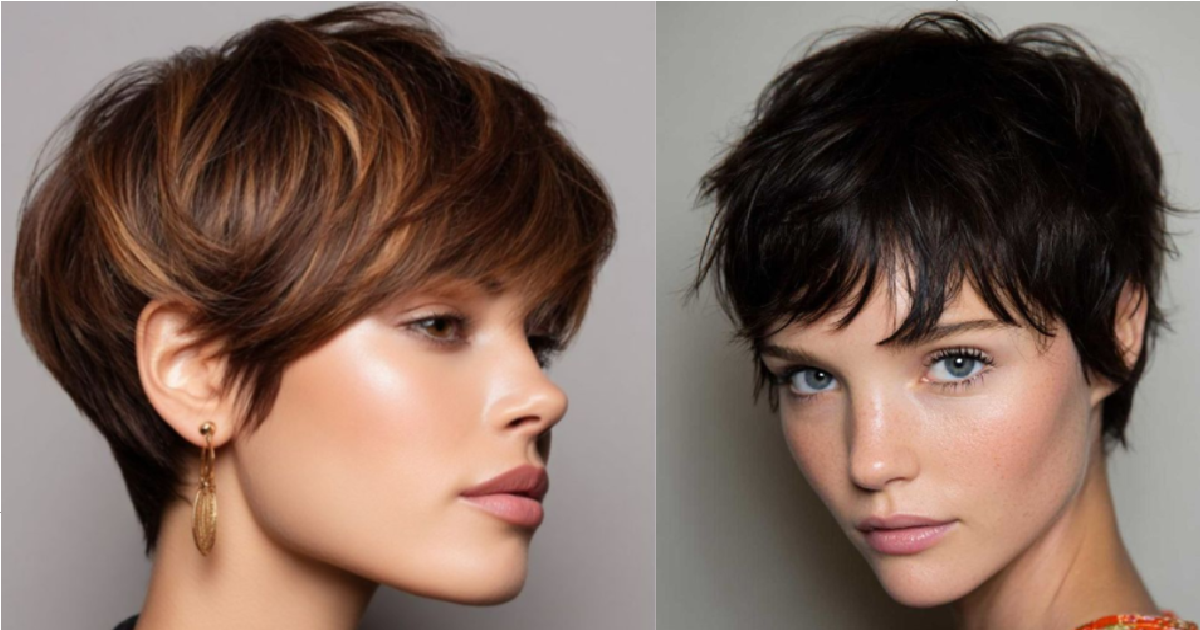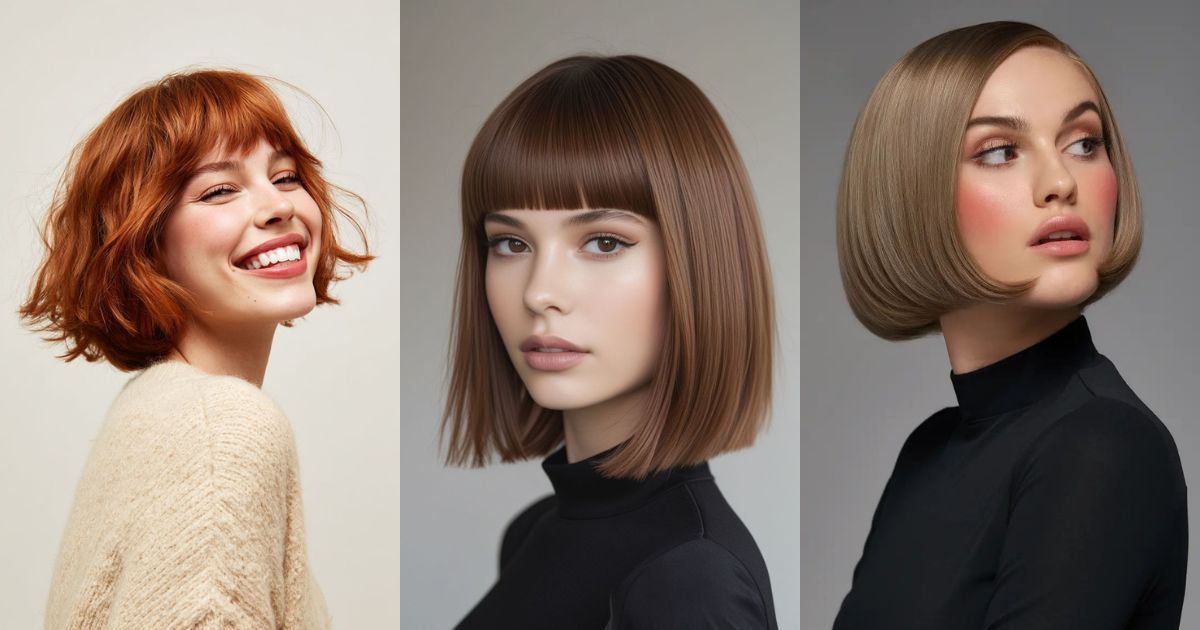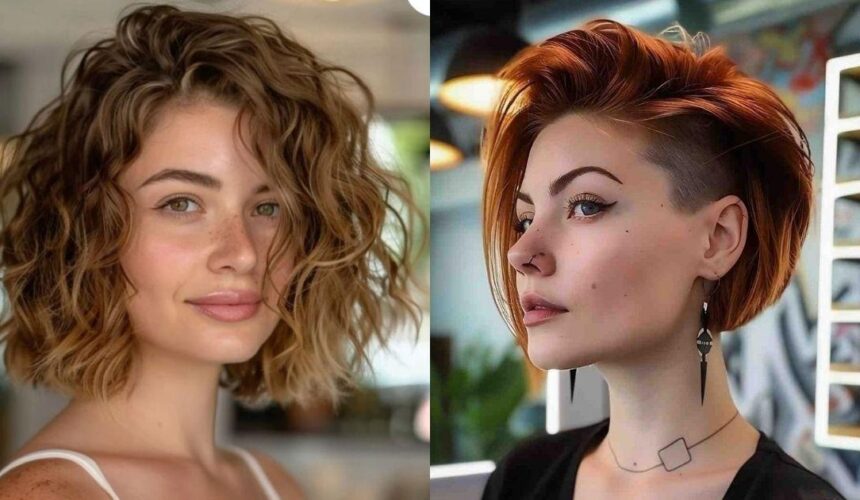
Best Short Hairstyles Guide for Women with Thin and Fine Hair
If you have thin or fine hair, you know how tricky it can be to find the right style and care routine that makes your hair look fuller and healthier. This guide will help you understand how to care for your hair, choose the most flattering haircuts, and pick the right products to add volume and life.
With easy tips and practical advice, you’ll learn how to make the most of your thin or fine hair every day.
What is Thin and Fine Hair?
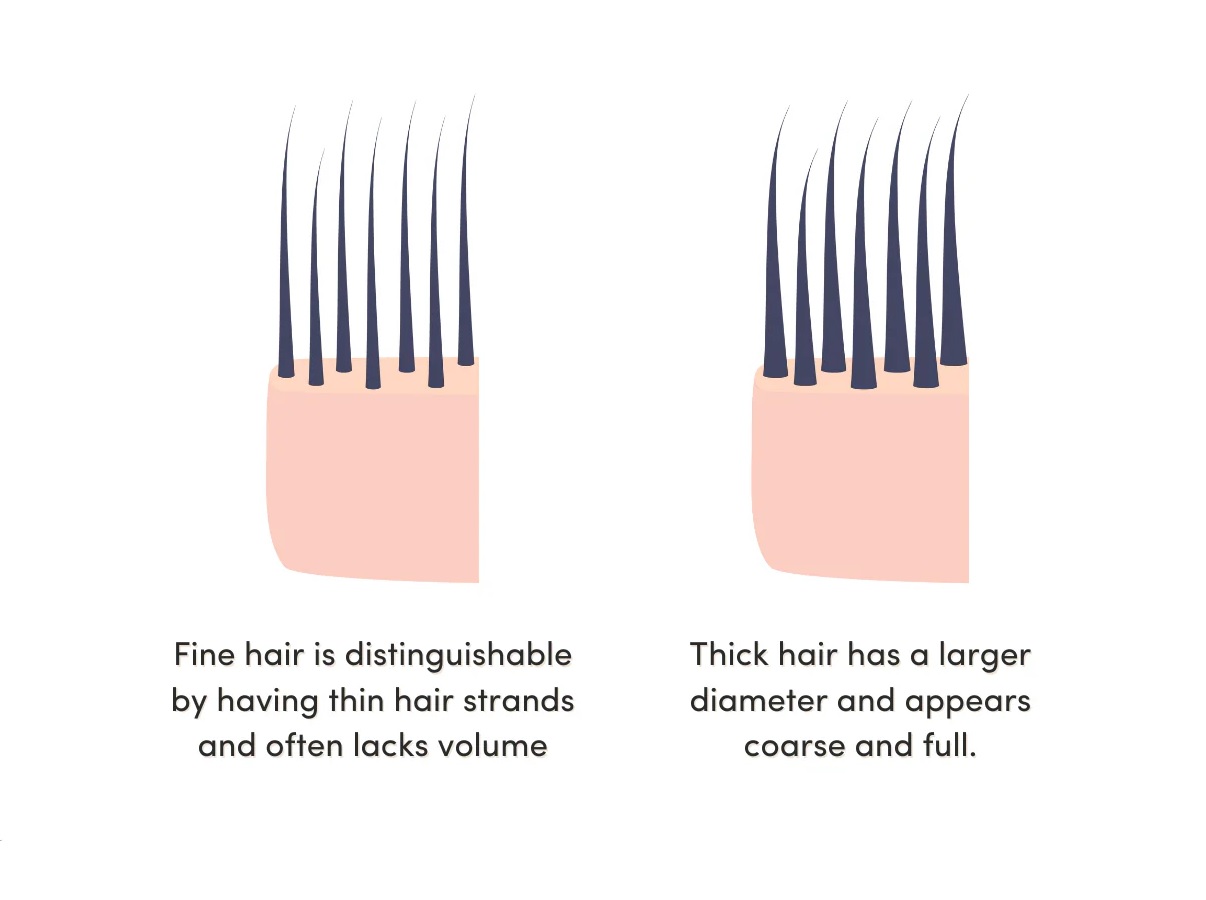
Fine Hair
Fine hair is all about the size of each strand. If your hair feels silky, soft, and sometimes struggles to hold a curl or volume, chances are your strands are very slender and sometimes even thinner than a piece of thread.
This is determined by the size of your hair follicles, which is something you are born with. While you cannot change the actual thickness of each strand, you can make fine hair appear fuller with the right haircut, lightweight volumizing products, and styling techniques that add lift without weighing it down.
Thin Hair
Thin hair refers to how much hair you have in a given area of your scalp, also known as hair density. If your ponytail feels small in diameter or your scalp is more visible, it is a sign of low density.
You could have fine hair that is thick in density, or thick strands that are thin in density. The key is knowing your hair type so you can choose cuts and styles that add volume and movement where you need it most.
What is Important to Know About Your Hair Type?
Understanding Your Strand Thickness
Strand thickness refers to the width of each single hair. If your hair feels barely there when you roll it between your fingers, it is fine. Medium strands feel more noticeable, while coarse hair feels thick and strong.
Your hair type is mostly determined by genetics, but it can also change with age or hormonal shifts. While you cannot change the actual size of each strand, knowing whether your hair is fine, medium, or coarse will help you choose the right cuts and products to enhance its natural texture.
Understanding Hair Volume
Hair volume, or density, is the number of strands you have on your scalp. Someone with low-density hair may see more of their scalp, while high-density hair looks naturally full and bouncy.
Density is not just about appearance; it also affects how you style your hair and which products will give you the best results.
The right techniques can make low-density hair look thicker, while high-density hair may need products that add control and smoothness.
How Your Hair Handles Moisture
Porosity is your hair’s ability to absorb and hold onto moisture. Low-porosity hair repels water and product, so it benefits from lighter formulas and gentle heat to help moisture sink in.
High-porosity hair soaks up moisture quickly but also loses it fast, which means it thrives with richer conditioners and leave-in treatments. Balanced porosity means your hair is healthy and responds well to most products.
Identifying Your Hair’s Natural Shape
Your hair’s natural shape, whether straight, wavy, or curly, comes from the shape of your follicles. Round follicles create straight hair, while oval or flattened follicles produce waves, curls, or tight coils.
Your natural hair shape affects how it reacts to humidity, holds styles, and should be cut. Embracing your natural pattern can make styling easier and more flattering.
6 Most Popular Short Hairstyles for Thin and Fine Hair
Short Bob
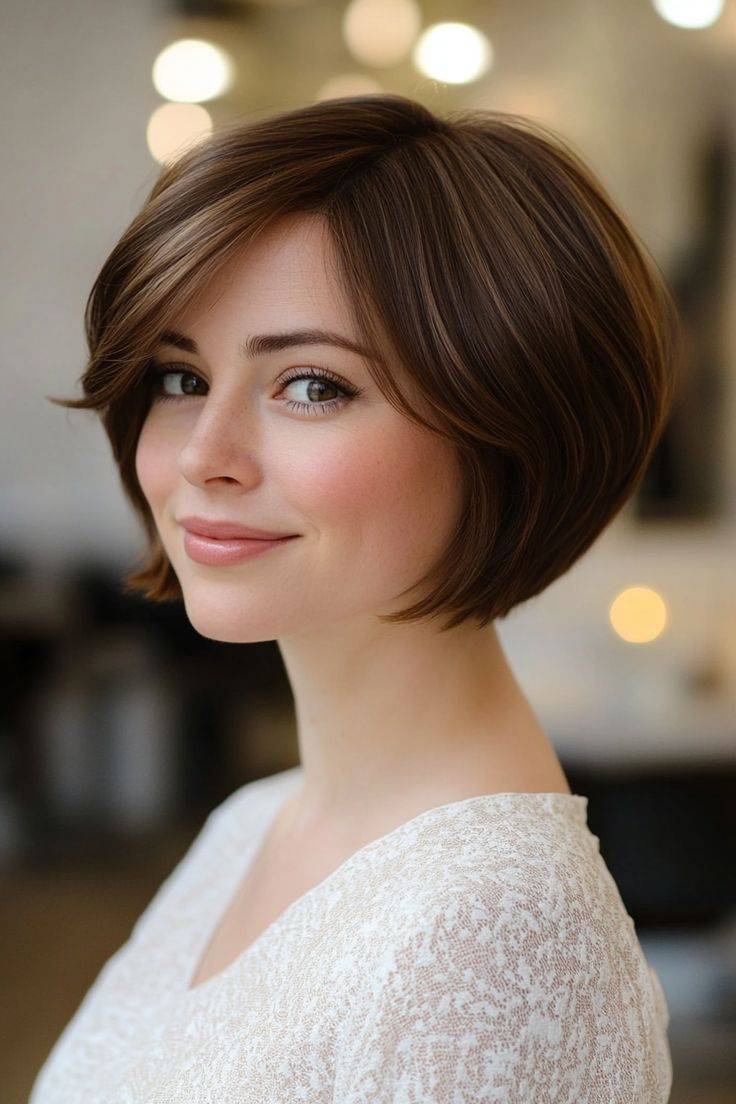
A timeless classic that frames the face beautifully, the short bob is versatile enough to suit almost any hair type.
Its clean lines and polished shape create a sophisticated look, while subtle layers of texture can give it a more casual, playful edge. Perfect for those who want minimal maintenance yet maximum style impact.
Pixie Cuts
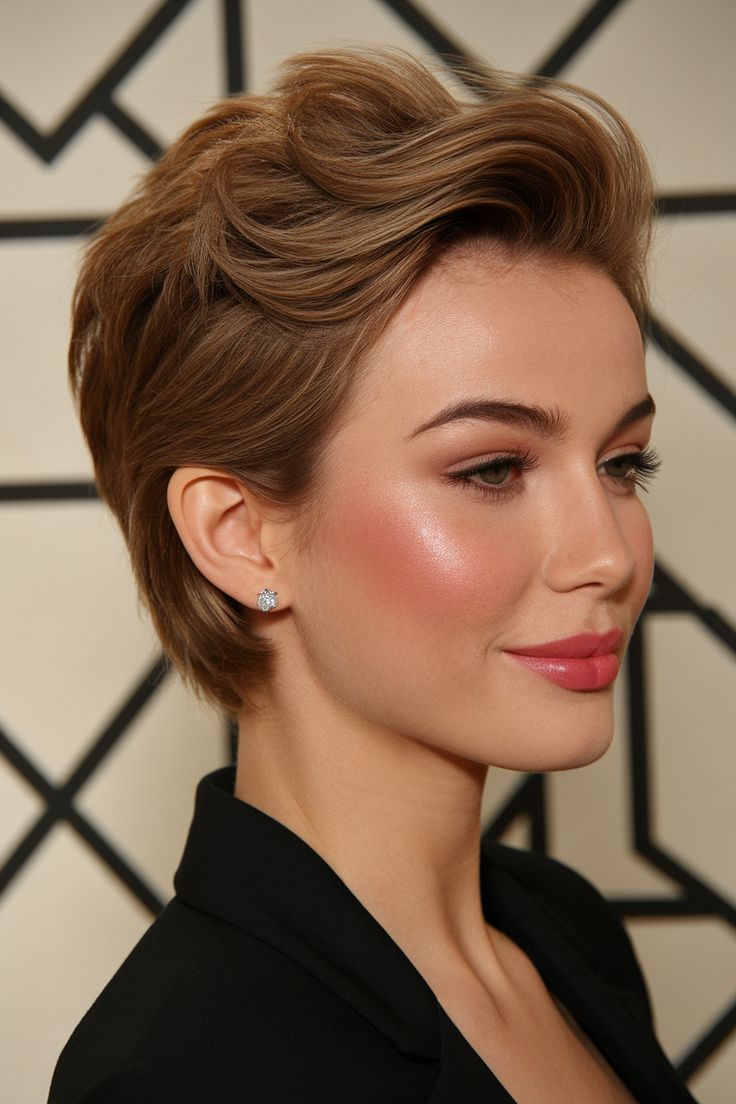
Bold, confident, and effortlessly chic, pixie cuts are all about showing off your features.
Whether kept sleek and polished or styled with tousled layers for a relaxed vibe, this short style radiates confidence. With a little styling product, you can switch from refined to edgy in minutes.
Short Curly Hairstyles
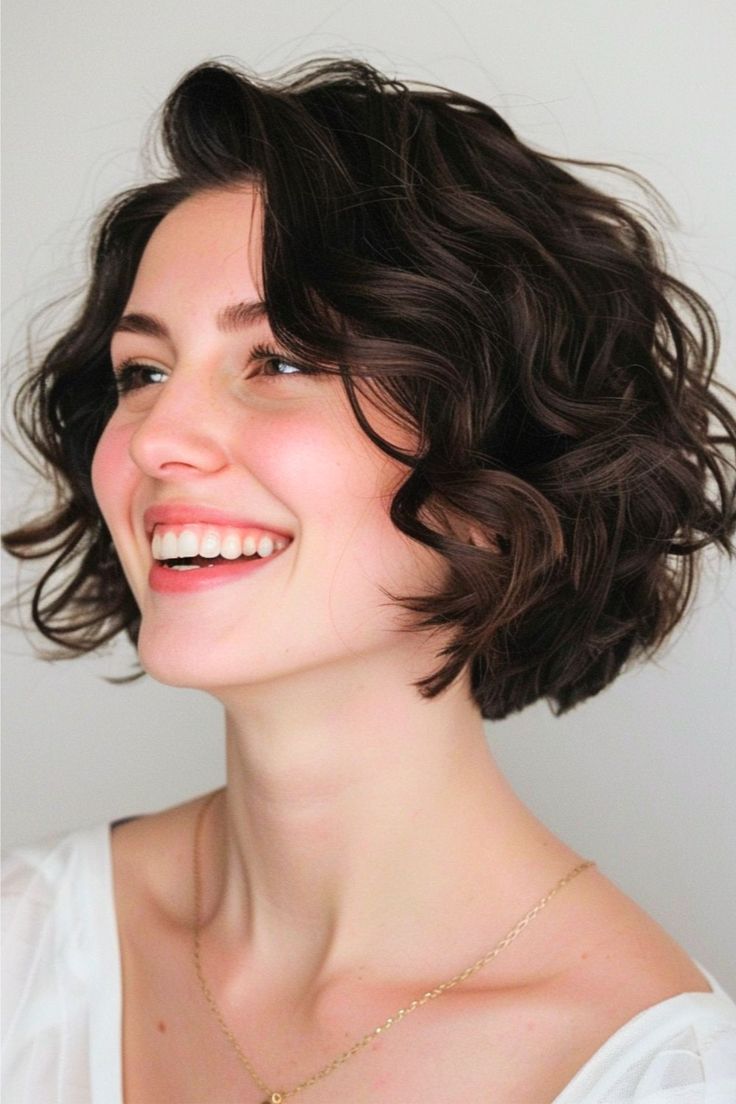
For curly-haired beauties, short cuts can highlight natural texture and volume like nothing else.
The shape brings attention to your curls’ unique pattern while keeping things lightweight and easy to manage. Add a touch of curl cream for definition and shine, and you’re ready to go.
Short Hairstyles with Bangs
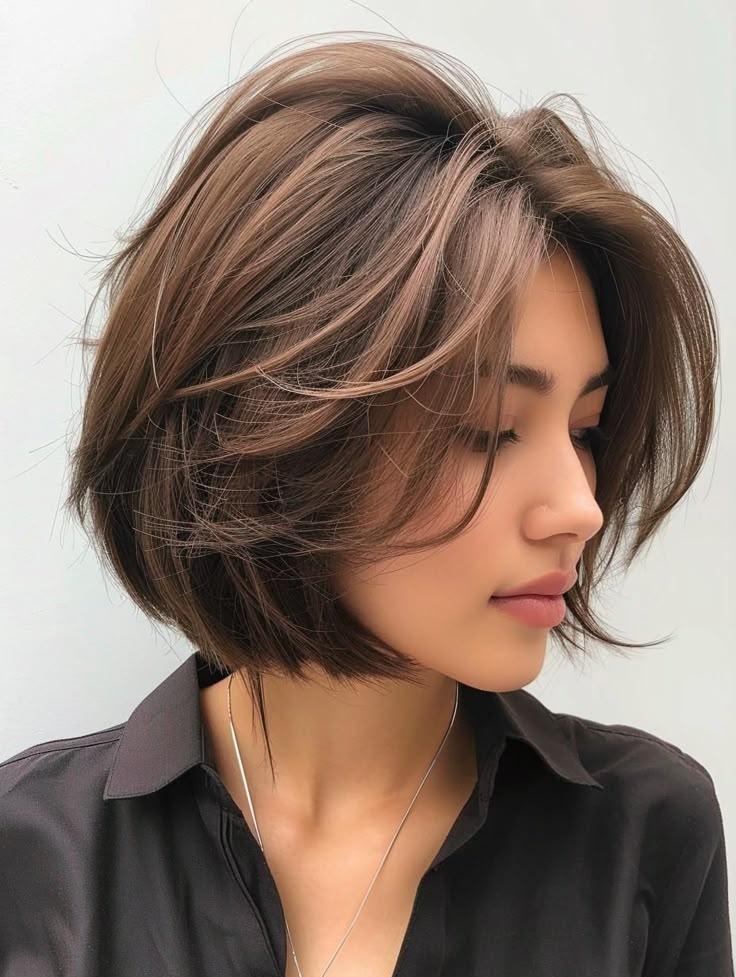
Bangs instantly transform any short cut, adding a youthful and modern twist.
From wispy fringe to blunt bangs, the options are endless. Pairing bangs with a short style can help frame the face, draw attention to the eyes, and soften sharper features.
Short Layered Hairstyles with an Undercut
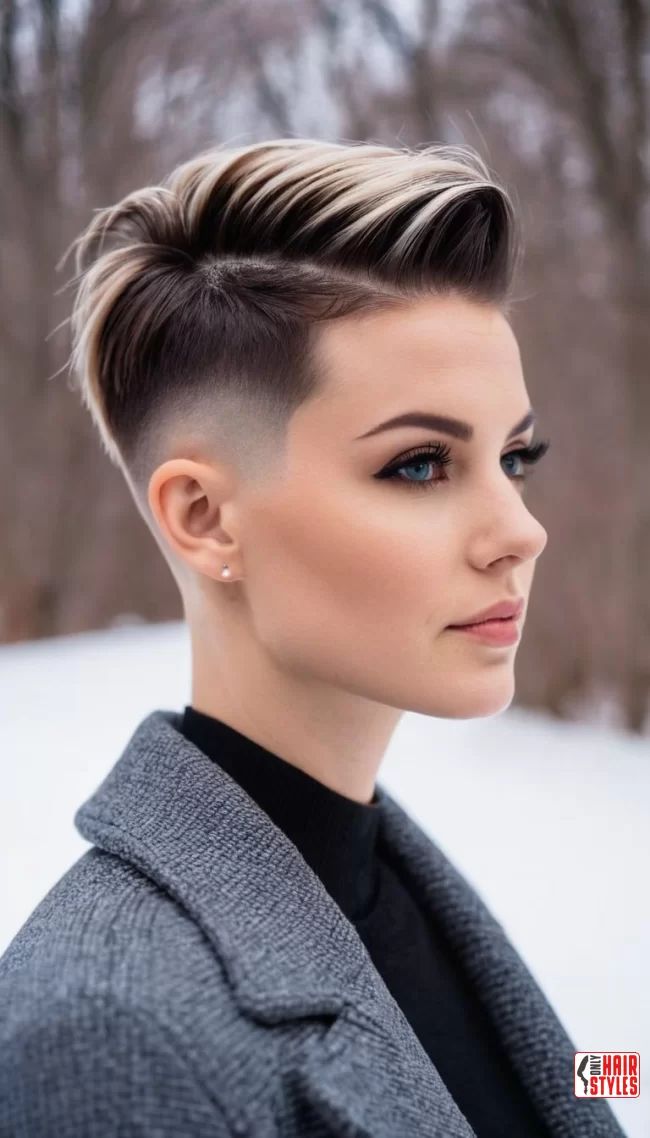
Edgy yet surprisingly wearable, this style combines the movement of layers with the drama of an undercut.
It’s perfect for anyone wanting a bold, statement-making haircut that’s easy to maintain. You can keep the undercut subtle or go all-in for maximum impact.
Short Shag
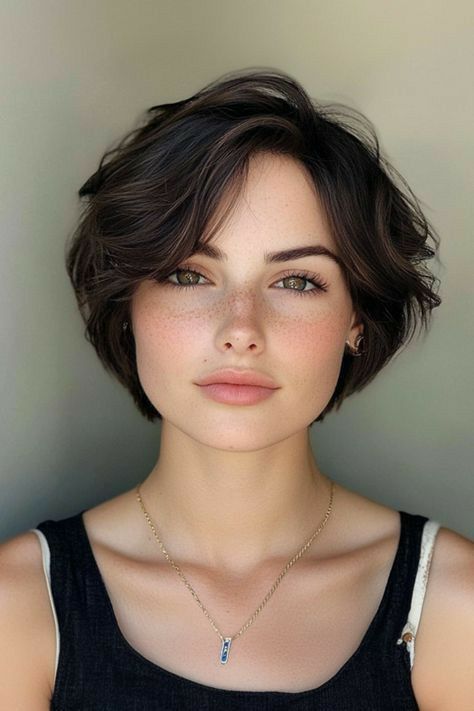
Messy, textured, and effortlessly cool, the short shag has a lived-in vibe that works on straight, wavy, or curly hair.
Choppy layers add volume and movement, making it ideal for those who love a low-maintenance style with personality. A bit of styling cream or mousse will enhance the tousled finish.
How to Care for Thin and Fine Short Hair
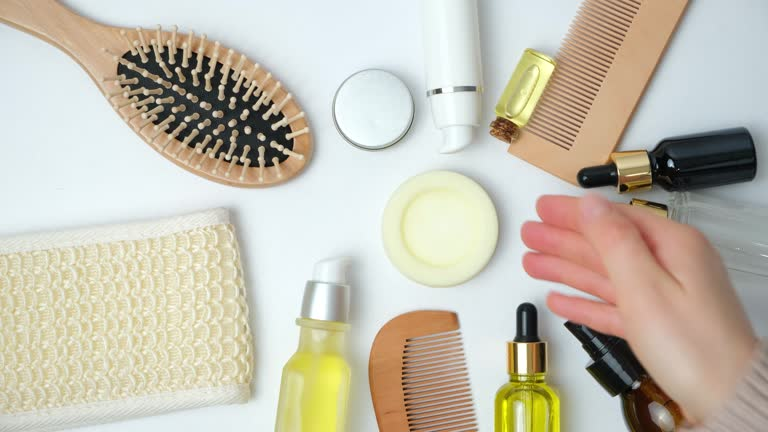
Fine short hair can be chic, full of movement, and easy to style only if you treat it right.
Here’s a simple, short-hair-friendly 15-point routine you can start today.
- Use a lightweight, volumizing shampoo to lift the roots without stripping moisture. Once a week, cleanse with a gentle clarifying shampoo to remove product build-up, which shows more quickly on short hair. Focus cleansing at the scalp.
- Short hair doesn’t need daily washing. Two to three times a week keeps it fresh without stripping oils. Use dry shampoo between washes to add texture and body.
- Apply a lightweight conditioner to the ends only. On short hair, that might be just the bottom inch or two. This avoids flattening your crown.
- Skip heavy balms or oils. Choose mousse, texturizing spray, or sea salt spray to add lift and movement without stiffness.
- Let hair air-dry most of the way, then blow-dry with your head upside down for instant root lift. Use fingers instead of a round brush for a natural look.
- Short, fine hair can show signs of damage quickly. Use low heat for straightening or curling, or try soft rollers for a no-heat wave.
- Short strands tangle less, but still be gentle. Use a wide-tooth comb and start from the ends to avoid breakage.
- A little teasing at the crown or a sprinkle of texturizing powder can make a short cut look thicker.
- For short hair, dry shampoo can double as a grip spray to help styles last longer.
- Changing your part direction instantly adds lift to short fine hair and refreshes the style.
- Even light products can flatten short hair if applied too close to the roots. Keep them lower for lasting volume.
- Protein, iron, omega-3, and B vitamins help keep short hair strong and shiny.
- Healthy hair starts at the scalp. Massage gently while washing to boost circulation and maintain balance.
- For half-up or pinned styles, mist with a texturizing spray or add dry shampoo for extra grip and fullness.
- Swap cotton pillowcases for silk to reduce breakage. Use soft brushes to avoid stress on the hair.
Final Take
Understanding whether your hair is fine, thin, or both and how its thickness, density, porosity, and natural shape work together is the first step toward finding the perfect short haircut and care routine.
With the right knowledge, you can choose hairstyles that add volume, flatter your facial features, and enhance your natural texture. From sleek bobs to playful pixies, the key is to work with your hair, not against it.
With the right cut, products, and styling techniques, even the finest strands can look full, healthy, and effortlessly chic.

